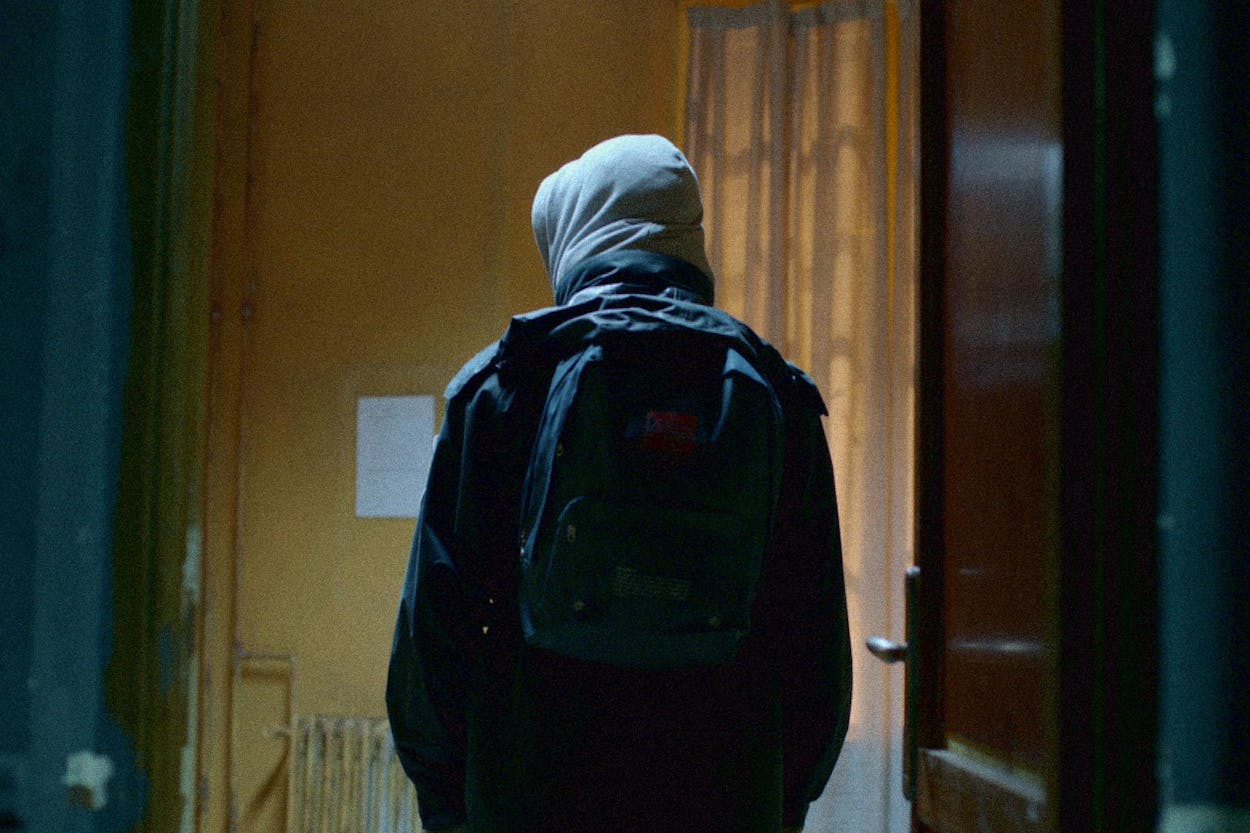“I’m not sure ‘enjoy’ is the right word I’d use for a movie like this, but for lack of a better one … enjoy,” British director Bart Layton said before Tuesday’s SXSW screening of his film The Imposter at the Paramount Theater.
Layton’s documentary recounts the story of Nicholas Barclay, a thirteen-year-old from San Antonio who disappeared in 1994, only to resurface in Linares, Spain, more than three years later. Or did he?
Given the film’s title, it’s no spoiler to say it wasn’t him, though if you’re not familar with the story (which was covered by Connie Chung for CBS News at the time and by David Grann for the New Yorker in 2008), it’s certainly much better to know nothing.
The film’s first trick is that it’s obvious within the first few minutes that the damaged, narcissistic, French-accented title character–although a wildly gifted confidence man–could not have possibly been Barclay. But that only makes you want to know just how the family (and several U.S. government officials) came to think he was.
“The only thing he had in common with me was he had five fingers on each hands,” says the black-haired, brown-eyed imposter, who at the time all of this happened, in 1997, was 23-years old. Nicholas Barclay is a blue-eyed blonde who was thirteen when he disappeared.
And yet, Barclay’s sister took her first overseas flight (“Where in Texas is Linares?” she initially wondered) to retrieve him, and his mother welcomed his return.
Indeed, everybody in the movie–the family, the imposter, a U.S. diplomat, the FBI, and San Antonio private detective Charlie Parker–sees mostly what they want to see. Their personal versions of the story Layton tells fits with what they need emotionally, or with how they see the world at large, to the point where they are also unconvinced by contradictory evidence.






